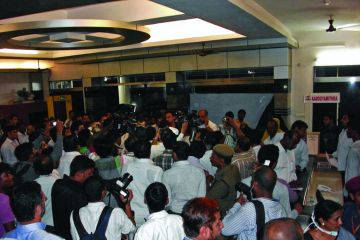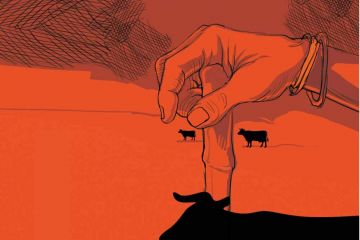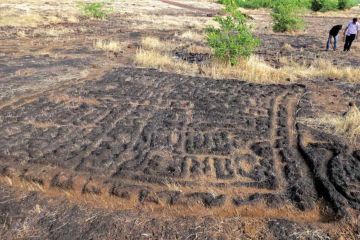
It is a blazing summer
afternoon and Raghvendra Singh is barely managing to hold up with a wet towel
over his head and a hand-held wooden fan. His mother Sumanlata Singh lies under
the shade of a neem tree a few metres away. “She doesn’t even eat well these
days; only drinks water or other cool liquids offered to her,” says a
neighbour, who gives Singh company for a few hours every day. Raghvendra does
not speak much, gazing into the open space with empty eyes. People too have
stoppe





